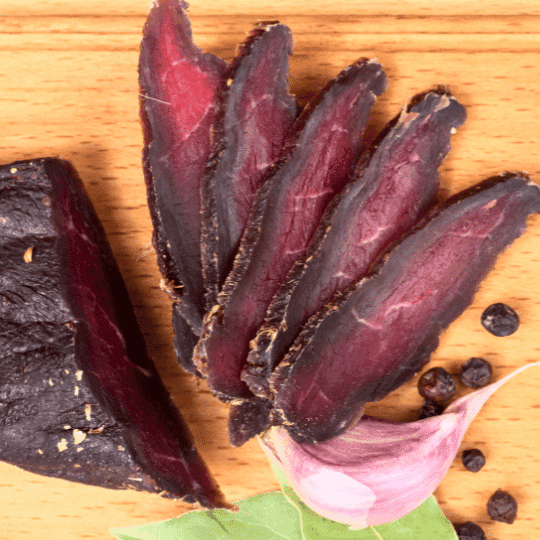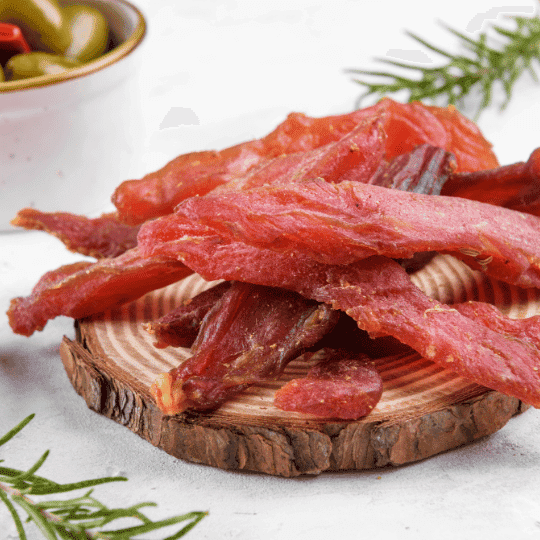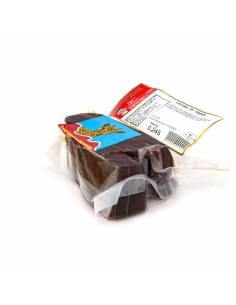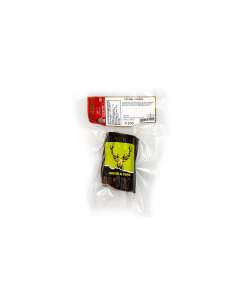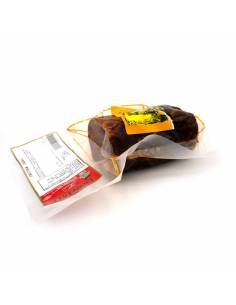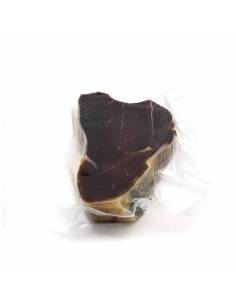Cecina is made in all the provinces of Spain, however there are areas where production is much higher due to the ease of obtaining the type of meat for this type of food, among them are:
1. Aragon
In Aragon, mainly in the provinces of Teruel and Huesca, a lot of cecina is made from game animals, mainly deer, wild boar, and mountain goats. Also very important is bull cecina.
2. Cecina de León (Protected Designation of Origin - DOP)
León is the best-known area in Spain for the production of cecina, especially beef. Cecina de León has had a Protected Designation of Origin (DOP) since 1994, which guarantees the quality of the product and that a traditional process is followed. It is mainly made from the leg of beef, and is cured for a period that can vary between 7 and 12 months.
This cecina has a mild but intense flavour, with a tender texture and a characteristic reddish hue.
3. Asturias
A high-quality cecina is also produced in Asturias, mainly from beef. Like the cecina from León, it is characterised by a long curing process, which gives it an intense flavour.
Asturian cecina is often produced in the mountainous part of the region, where the cold and dry weather conditions favour its curing.
4. Cantabria
Cecina is also present in Cantabria, being produced mainly in mountain areas, where low temperatures and clean air facilitate the drying process. Cecina is best known for beef and goat.
5. Zamora
Zamora is another province that produces cecina, and, although it does not have the same fame as León, quality cecina is also produced there. It is produced from both beef and pork.
6. Palencia and Burgos
These provinces of Castile and León, along with León, are also known for the production of cecina. Although they do not have a Designation of Origin, the climatic conditions and the livestock tradition mean that they produce beef and pork cecina that is highly valued locally.
7. Galicia
Cecina is also produced in Galicia, although on a smaller scale and generally from beef. It can be found in mountain areas where the climate is suitable for drying and curing meat.

